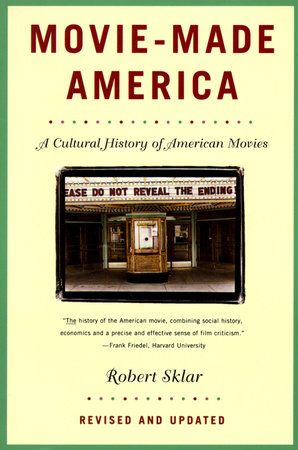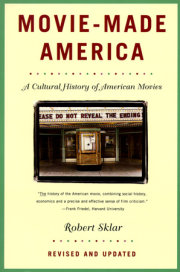Part I: The Rise of Movie Culture
1. The Birth of a Mass Medium
2. Nickel Madness
3. Edison's Trust and How It Got Busted
4. D.W. Griffith and the Forging of Motion-Picture Art
Part II: The Movies in the Age of Mass Culture
5. Hollywood and the Dawning of the Aquarian Age
6. The Silent Film and the Passionate Life
7. Chaos, Magic, Physical Genius and the Art of Silent Comedy
8. Movie-Made Children
9. The House That Adolph Zukor Built
Part III: Mass Culture in the Age of Movies
10. The Moguls at Bay and the Censors' Triumph
11. The Golden Age of Turbulence and the Golden Age of Order
12. The Making of Cultural Myths: Walt Disney and Frank Capra
13. Selling Movies Overseas
14. The Hollywood Gold Rush
Part IV: The Decline of Movie Culture
15. Hollywood at War for America and at War with Itself
16. The Disappearing Audience and the Television Crisis
17. Hollywood's Collapse
18. The Promise of Personal Film
Part V: The Enduring Medium
19. Nadir and Revival
20. Hollywood and the Age of Reagan
21. From Myth to Memory
22. Independent Images








